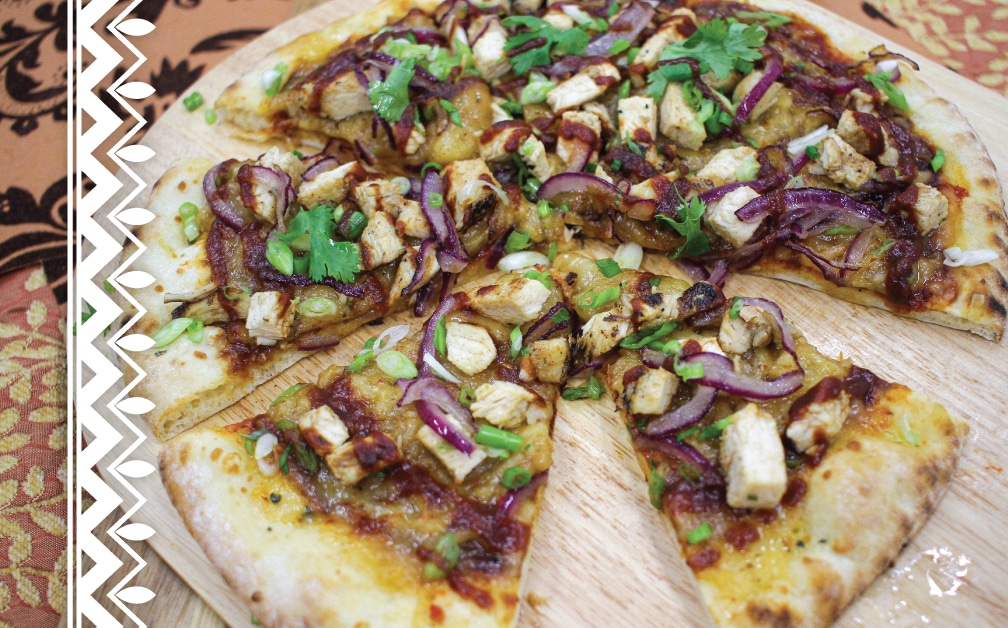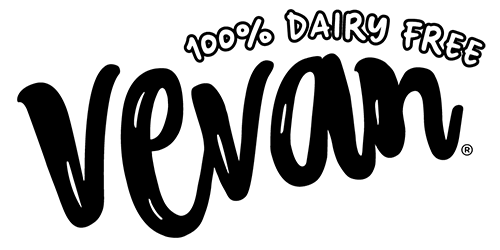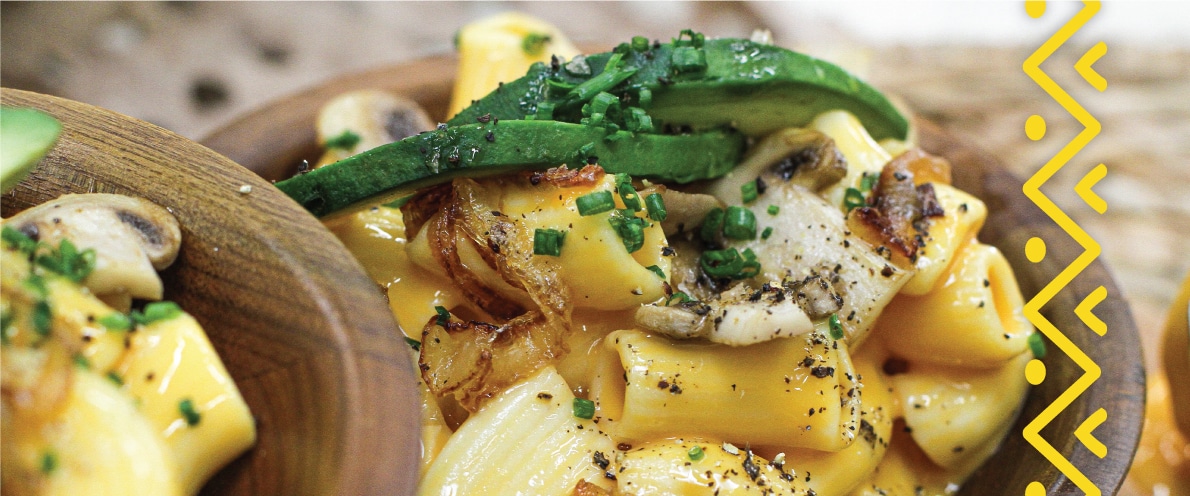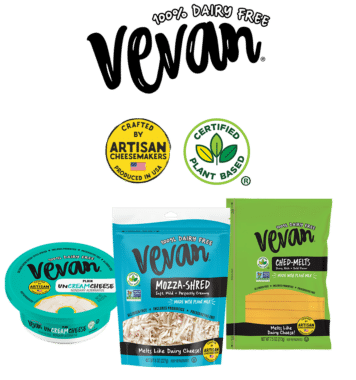The popular flexitarian diet gets a lot of press. How do you know if the flexitarian diet is right for you? It might be a good fit if you are looking for a diet focused less on restricting foods and more on eating unprocessed, whole, and mostly plant-based foods. But, all the while, still maintaining the ability to be flexible on occasion.
What is a Flexitarian diet?
A flexitarian diet is a mainly plant-based diet that offers flexibility to also include animal-based foods on a regular basis. The flexitarian diet emphasizes fruits, veggies, legumes, whole grains, and proteins that come primarily from plant sources while offering the flexibility to occasionally eat meat or other animal-based foods, too.
A flexitarian diet is about including more foods into your diet and not restricting any food completely. Since there’s more flexibility and less restriction, it’s really less of a diet, and more of a lifestyle choice.

What do Flexitarians eat?
Flexitarians eat a wide variety of foods that are mostly plant-based. There are no rules as to what a flexitarian can and can’t eat because the very essence of a flexitarian diet is that nothing is off limits, like a no-carb or gluten-free diet, rather a flexitarian diet focuses on a variety of plant-based foods with the option of folding in animal-based foods in moderation.
The ability to include occasional meats and dairy products means that a flexitarian diet provides much more freedom than restrictive diets, lending to its trending popularity in recent years.
Here are the foods that are the foundation of a flexitarian diet:
- Vegetables
- Fruit
- Nuts
- Whole grains
- Beans
- Dairy-free products like cheeses, milks, and yogurts
- Meat alternatives (tofu, seitan)
Foods that are also part of a flexitarian diet but consumed less frequently include:
- Dairy products
- Meat
- Sweets and sugar
How can I start a Flexitarian diet?
If the flexibility of the flexitarian diet is appealing to you, you will be even more pleased to learn there are no rules in making the transition to a flexitarian lifestyle. Adapting to a flexitarian lifestyle is a smooth transition for most people. This is because you can slowly eliminate meats and dairy products from your favorite or typical meals, but you don’t have to completely abolish these items from your diet.
For example, if your favorite lunch is a Caesar salad with grilled chicken or fish, this dish can easily and gradually be modified to become a solely or a mostly plant-based dish. The first step is to eliminate the meat from the salad, then replace the shredded parmesan cheese with a dairy-free alternative, and then to make it completely a plant-based salad, replacing the traditional Caesar dressing with a vegan Caesar salad dressing. However, since being a flexitarian is all about flexibility, you can still choose to modify this as you prefer.
The key to being successful with any diet is to feel satisfied after eating. Balancing your meals with enough protein from plant sources and fiber-rich fruits, veggies and grains will help in the transition to a flexitarian diet. And fortunately, there are plenty of flexitarian-friendly snacks that help fill the gaps like dairy-free cheese, nuts, and fruits are all great choices for a boost between meals.

How often do Flexitarians eat meat?
There are no rules or strict guidelines regarding how much meat a flexitarian can eat. The flexitarian lifestyle is one focused mostly on plant-based foods and less on animal-based foods. The word flexitarian is the combination of the words flexible and vegetarian so generally there’s flexibility to eat meat when the craving strikes or when you simply prefer a certain dish with meat. Sometimes satisfying a craving for a cheeseburger is the only way to make it go away!
Is a Flexitarian diet better than a vegan diet?
No one diet is better than any other diet. It’s important to understand the reason for wanting to switch up your diet before you can determine which diet is the right choice for you.
There are a variety of reasons why people choose one diet over another, especially if there are specific health concerns or allergies to consider. If you need to improve your health or need to avoid certain foods, you should research your options and consult with a health professional before starting a new diet.
But, if you are looking to include more unprocessed whole foods in your diet while eliminating or reducing animal-based proteins, flexitarianism can be the right choice for you. It’s less about restricting the foods you love from your diet and more about eating more nutritious foods like fruits, vegetables, and plant-based foods in your favorite dishes.
The only way for you to determine if one diet or lifestyle is better than another for you, is to try them, with guidance from a health professional, of course. You may discover some delicious new foods and dishes in the process, too.

Looking for more inspiration to explore a flexitarian lifestyle? Explore our recipes and learn more about how we created Vevan to help people lead a satisfying and delicious life!





